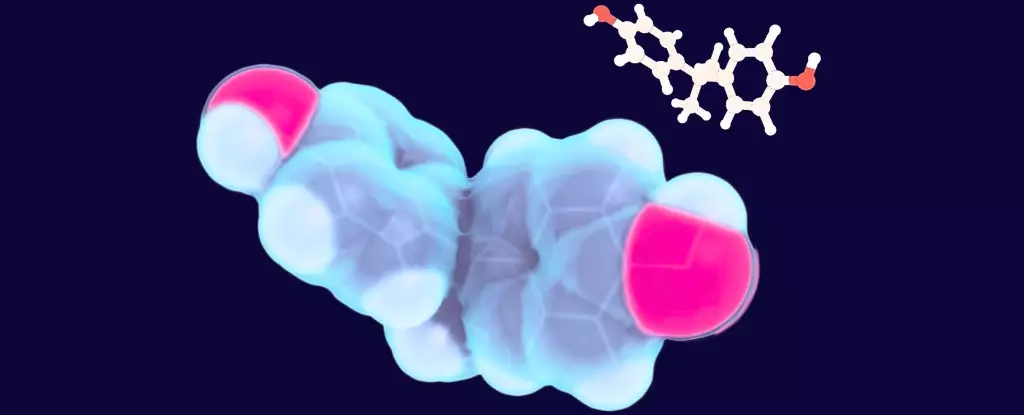In recent years, the incidence of Autism Spectrum Disorder (ASD) and Attention Deficit Hyperactivity Disorder (ADHD) has escalated, sparking an urgent inquiry into the underlying causes and contributing factors of these neurodevelopmental disorders. A pivotal study conducted by researchers at Rowan University and Rutgers University has revealed noteworthy differences in how children with these conditions process certain environmental toxins, particularly the plastic additive bisphenol A (BPA) and another compound called diethylhexyl phthalate (DEHP). This article delves into these findings, examining the implications for affected children and their families.
BPA is a common component employed in the production of various plastics and is frequently found in food and drink packaging. Its widespread use has raised considerable health concerns over the years, primarily due to its ability to disrupt hormonal functions. Research has established connections between BPA exposure and serious health issues, including breast cancer and infertility. The urgency for a comprehensive understanding of how BPA affects vulnerable populations, such as children with neurodevelopmental disorders, is clear.
In this intriguing study, researchers scrutinized three cohorts: 66 children diagnosed with ASD, 46 children with ADHD, and a control group of 37 neurotypical children. The focus centered on glucuronidation, a critical detoxification process where the body eliminates toxins from the bloodstream through urination. This detoxification pathway is essential for maintaining overall health, especially for children who are still in developmental stages.
The results indicated that children with ASD and ADHD exhibited a reduced capacity to eliminate BPA and DEHP compared to their neurotypical counterparts. Specifically, the study found that the efficiency in clearing BPA was compromised by approximately 11% in children with ASD and around 17% in those with ADHD. These findings raise alarming questions regarding the prolonged exposure of potentially harmful substances in the bodies of these children, contributing to concerns surrounding their neurological development and functioning.
The researchers posited that gene mutations could play a crucial role in this impaired detoxification process. For some individuals, these genetic anomalies may inhibit the body’s ability to process BPA, resulting in its retention within tissues. This accumulation could have detrimental effects on neural development, further complicating the landscape of ASD and ADHD.
However, the research also highlights a critical nuance: not all children diagnosed with these disorders showcased issues in eliminating BPA. This variability implies that while genetic predispositions are significant, environmental factors, including diet, lifestyle, and exposure to various toxins, may also substantially influence the development and manifestation of neurodevelopmental disorders.
The study underscores the importance of ongoing research to unravel the complexities surrounding ASD and ADHD. Current scientific efforts are directed towards discerning whether the roots of these disorders lie in prenatal exposure to environmental toxins or develop later in life due to various factors. The researchers stressed that although there is a growing body of evidence linking neurodevelopmental disorders to environmental pollutants, including certain plasticizers, the definitive causative pathways remain elusive.
Additionally, public awareness regarding the dangers associated with plastic additives like BPA must be heightened. It is imperative for families and communities to understand the potential risks posed by these chemicals, particularly for children who may already be at an increased risk of neurological challenges.
The evolving body of research examining the links between BPA exposure and neurodevelopmental disorders such as autism and ADHD presents a compelling narrative: one that emphasizes the need for greater scrutiny of the substances that permeate our lives. As scientists continue their investigations, it becomes increasingly clear that a multifaceted approach—considering genetic vulnerability in tandem with environmental exposures—will be essential for fully grasping the intricacies of these conditions. The interplay of genetics and environment remains a critical area of exploration, as understanding this relationship could ultimately guide prevention efforts and inform public health policies aimed at safeguarding the health and well-being of future generations.


Leave a Reply